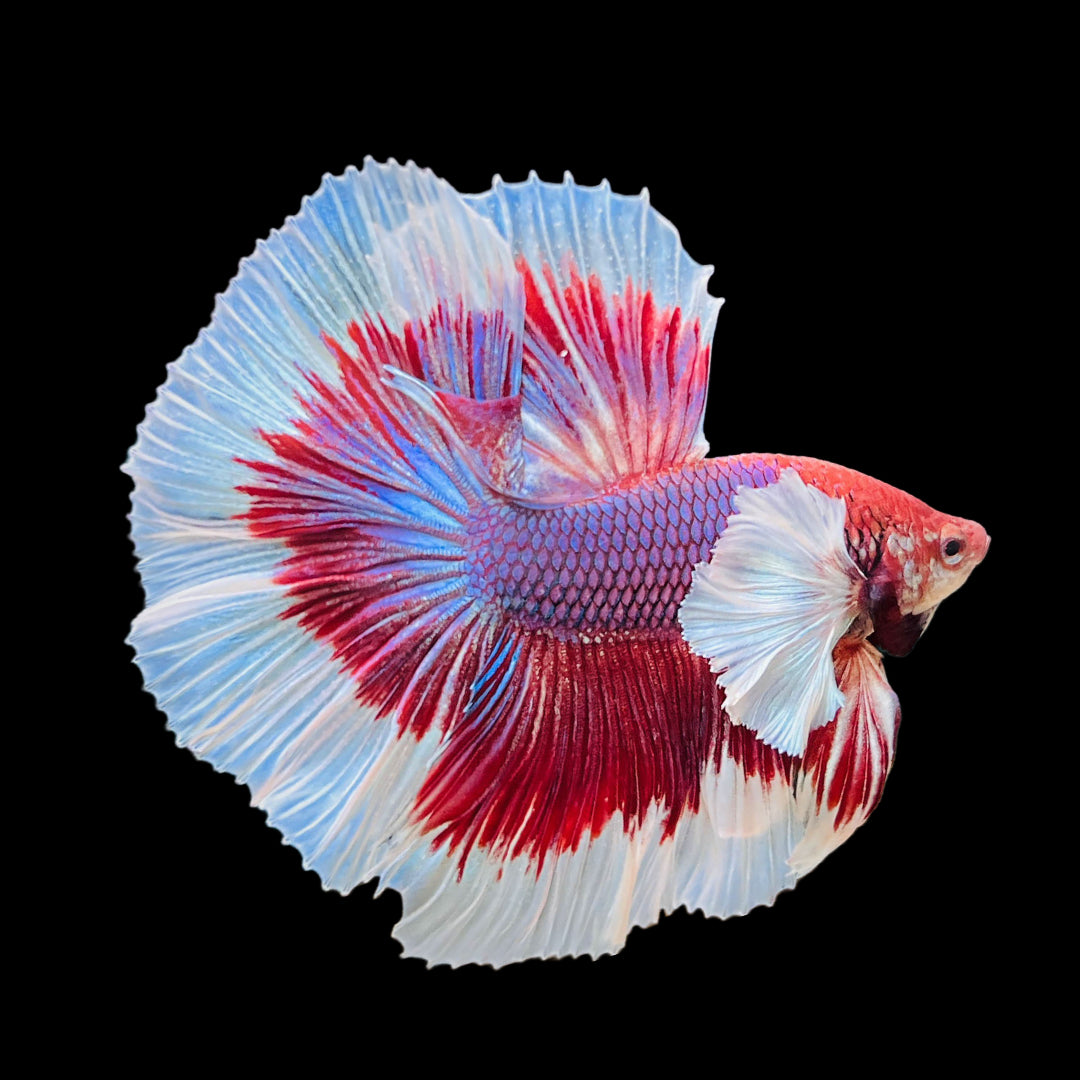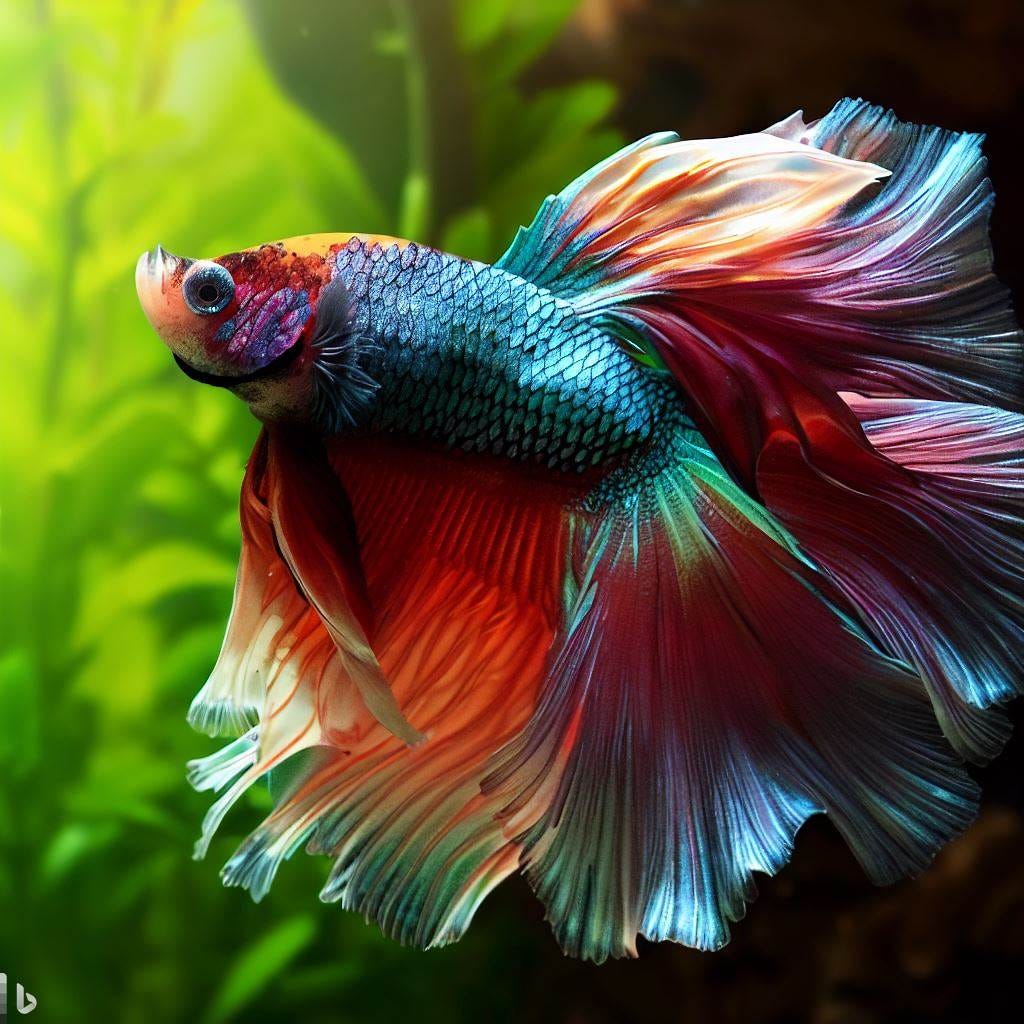Betta Fish Care: Essential Tips for a Healthy and Pleased Animal
Betta Fish Care: Essential Tips for a Healthy and Pleased Animal
Blog Article
Reproducing Betta Fish: a Comprehensive Step-By-Step Overview to Successfully Raising Child Bettas From Eggs to Adulthood
Reproducing Betta fish is a meticulous venture that requires cautious planning and implementation to ensure the successful growth of fry from eggs to mature fish. Selecting genetically varied reproduction pairs with desirable features is only the beginning; producing an optimum environment and comprehending the ins and outs of the reproducing process are similarly vital. As the male Betta diligently constructs a bubble nest and guards the precious eggs, the subsequent stages of treatment and change need attention to detail and understanding of finest methods. Just how does one browse the challenging yet rewarding path of nurturing these lively animals to the adult years?

Picking Breeding Pairs
When starting the journey of reproducing Betta fish, choosing the right reproduction sets is important to achieving desirable attributes and a healthy and balanced lineage - betta fish. The initial step in this procedure is to identify the details attributes you want to enhance or preserve, such as shade, fin kind, and physique. It is essential to pick genetically varied sets to avoid inbreeding, which can bring about wellness issues and unwanted attributes
Evaluate possible breeding candidates thoroughly. A healthy and balanced male Betta ought to display dynamic colors, an energetic behavior, and well-formed fins, while the woman ought to likewise present dynamic coloration and a rounded tummy, showing preparedness for spawning. Observing the temperament of both fish is crucial, as aggressive or extremely reluctant people may not reproduce efficiently.
Keeping records of the parent fish's ancestry can assist you track genetic characteristics and prospective problems. Eventually, spending time in the choice procedure will substantially improve the probability of generating solid, vivid spawn that fulfill your reproduction objectives.

Preparing the Breeding Container
Producing an optimal reproduction atmosphere is a key action after choosing suitable sets for Betta fish. The reproduction tank need to be particularly developed to provide convenience and boost the natural breeding habits of the fish. Beginning with a tank size of at least 10 gallons to make sure appropriate room for both the man and women Bettas.
Keep a gentle filtering system to keep the water clean while staying clear of solid currents that can stress the fish. Furthermore, an air rock can be added to give oxygenation without interrupting the water surface area excessive.
Temperature level policy is crucial; go for a stable variety of 78-82 ° F(25-28 ° C) utilizing a dependable heater. The pH level should be preserved between 6.5 and 7.5, and normal water changes are essential to ensure high water top quality.
Integrate floating plants or spawning sponges to create hiding areas for the woman, while additionally encouraging bubble nest building by the male - betta fish. Guarantee the storage tank is complimentary from sharp decors and any kind of potential hazards, as the welfare of the fish should always be prioritized during this crucial phase of breeding.
The Breeding Process
Generally, the breeding process for Betta fish involves a series of distinct and observable actions that show preparedness for recreation. The male Betta starts by developing a bubble nest at the water's surface area, which functions as a website for the fertilized eggs. This nest is important, as it offers a safe environment for the eggs until they hatch out.
As soon as the nest is developed, the male will display courtship actions, such as flaring his fins and showing vivid shades to draw in the female. The female, upon sensing the man's preparedness, will certainly respond by showing vertical stripes along her body, signaling her receptiveness.
The fertilized eggs then drop to the bubble nest, where the male very carefully gathers and returns them to the nest. Following this, the try this website male thinks duty for securing the nest and guaranteeing the safety and security of the eggs browse around these guys till they hatch out, normally within 24-36 hours.
Caring for Betta Fry
Caring for Betta fry requires careful interest to their atmosphere and nourishment to ensure healthy growth and advancement. After hatching out, Betta fry are exceptionally small and susceptible, requiring a secure and tidy environment.
Feeding Betta fry is equally essential. At first, they must be supplied infusoria or carefully smashed high-quality fry food, as their mouths are too small to manage bigger fragments. As they expand, you can gradually present bigger foods, such as baby salt water shrimp or powdered flakes, to guarantee they obtain adequate nutrition. Feed them percentages numerous times a day, bewaring not to overfeed, which can lead to water quality issues.
Transitioning to Grownup Bettas
As Betta fry why not try this out fully grown, transitioning them to adult Bettas is an important stage that requires mindful monitoring of their atmosphere and social interactions. This process typically starts when the fry get to around six weeks old, at which factor they can be slowly introduced to a more organized living atmosphere.
To promote this shift, it is vital to ensure that the water specifications-- such as temperature, pH, and ammonia degrees-- are optimum and stable. Grown-up Betta fish flourish in cozy water (around 78-80 ° F) with a pH of 6.5 to 7.5. Slowly acclimate the fry to these problems to reduce tension.
Social interactions are an additional crucial element; male Bettas are infamously territorial and aggressive. As a result, it is advisable to separate men into individual containers as they develop. Female Bettas can be housed together, yet treatment ought to be required to check for indications of aggressiveness.
Additionally, dietary changes should be made as the fry grow. Include top quality pellets and live foods to sustain their development and wellness. By managing these elements successfully, you can advertise a successful change to adulthood for your Betta fish.

Conclusion
Successful breeding of Betta fish calls for mindful interest to information throughout the entire process, from picking genetically varied pairs to offering optimal look after fry. By making certain ideal reproduction conditions and maintaining water top quality, the probability of healthy offspring raises dramatically. Furthermore, a balanced diet regimen and progressive adaptation to grown-up atmospheres are important for the growth and growth of Betta fish. Complying with these steps faithfully promotes a flourishing populace of Betta fish, improving both their health and vigor.
Report this page